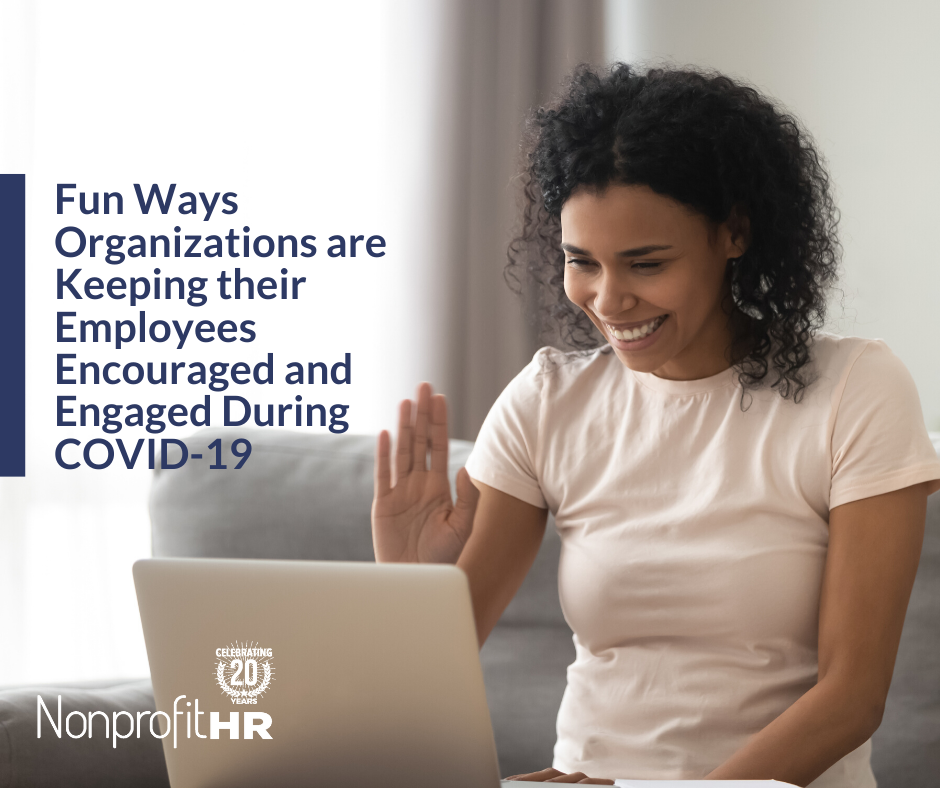WTOP: 5 ways nonprofits can…
Are you sure? A tax you can actually control or not have to pay? Nonprofit employers have the option to finance their unemployment costs by paying the State an unemployment tax or they can choose to be direct reimbursing employer. When they choose to be a reimbursing employer, they pay the State dollar for dollar in what is paid out in unemployment benefits.
Both methods have advantages and disadvantages but many nonprofit employers have realized that paying dollar for dollar and being in essence, self insured, can save them dollars that can be funneled back to their mission as opposed to sitting in the State’s bank account. When a nonprofit employer elects the reimbursing method of financing their unemployment, they take on some risks such as needing to have the money available if they receive a bill from the State. This puts a greater emphasis on making the correct hire, training the employee, providing clear expectations and understanding what the potential unemployment liability is if expectations are not met and a separation occurs.
Communication and documentation is critical to assisting an employer to control their unemployment costs whether they are paying tax or reimbursing dollar for dollar. Unemployment is not a fair system and realizing how the claim process works and where the liability comes from can assist a nonprofit employer through the bureaucracy of unemployment. Whether it is a secret or not, there are few taxes if any an employer can actually not pay or can reduce by taking some simple steps. For the nonprofit employer, unemployment tax is this tax and is a very controllable cost. Understanding why you hire someone, keeping specific documentation, giving clear expectations and having an understanding of how we communicate can actually send dollars to your mission opposed to State coffers.
Paul Fountain, Sr. is the Client Relationship Manager and Chief Marketing Officer for 501(c) Agencies Trust. His session Secret Savings on Unemployment Costs and Taxes will be presented at 9:45 a.m. on October 9, 2012 at the 2012 Nonprofit Human Resources Conference.





























